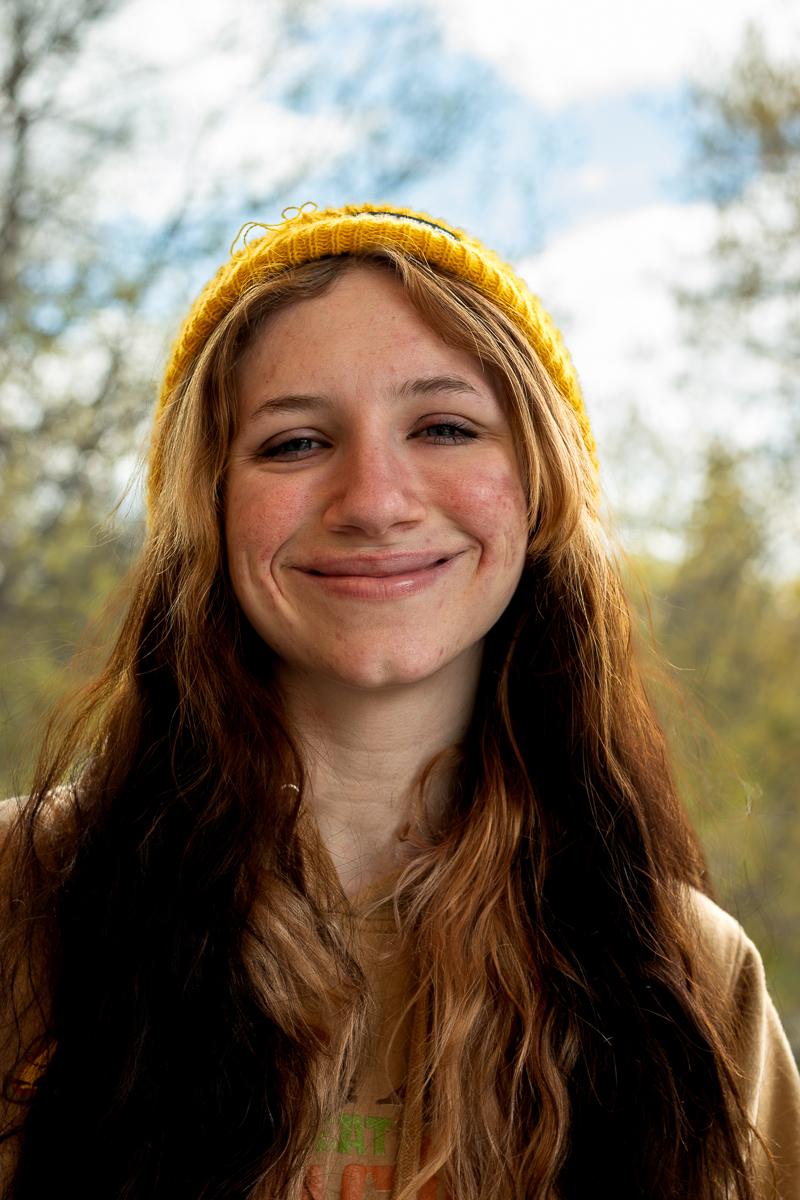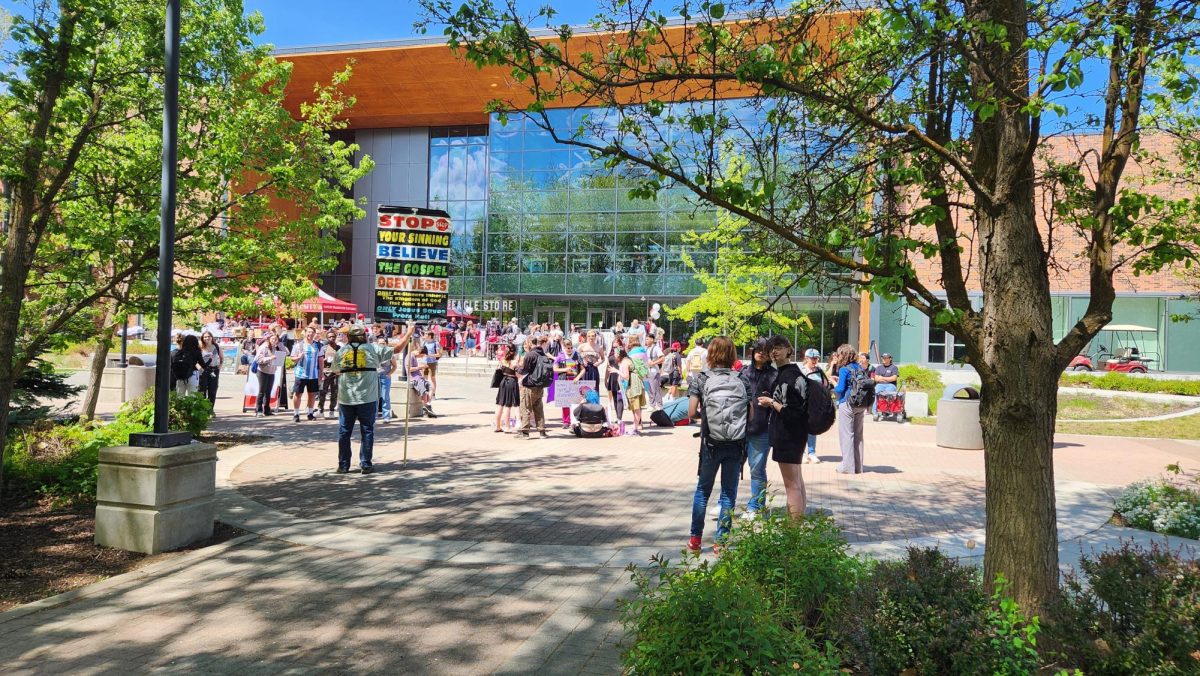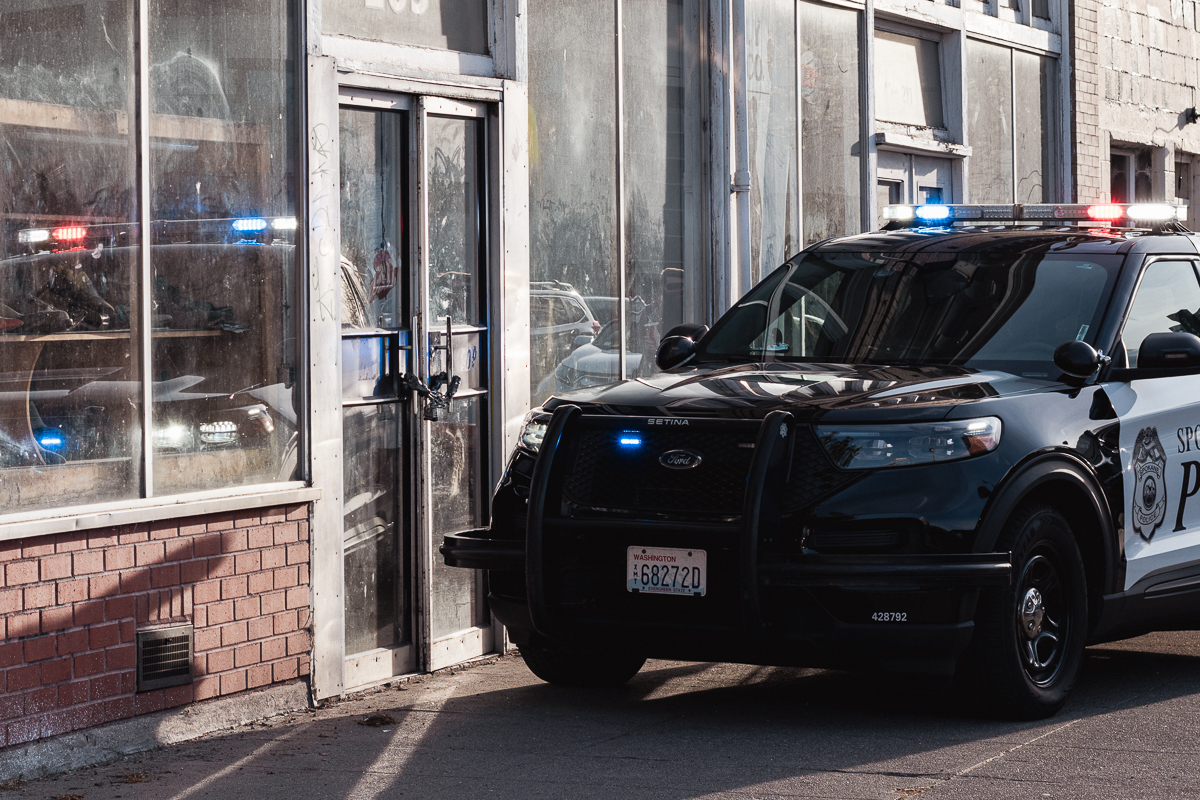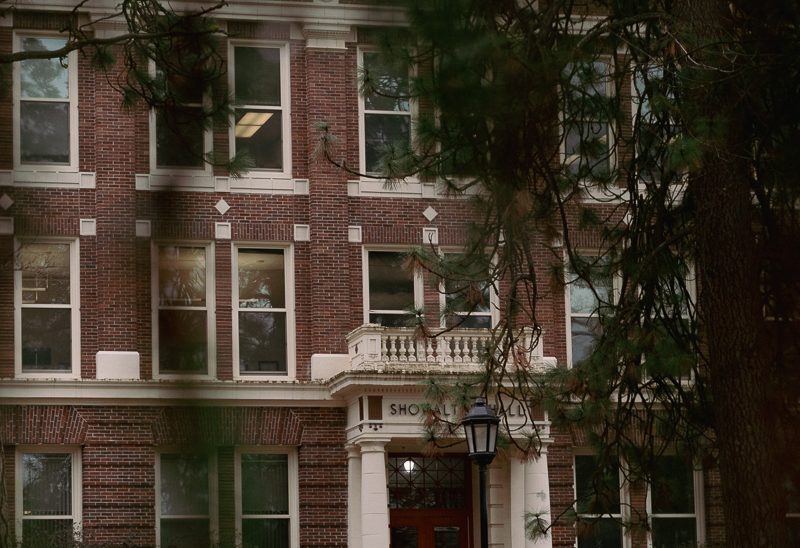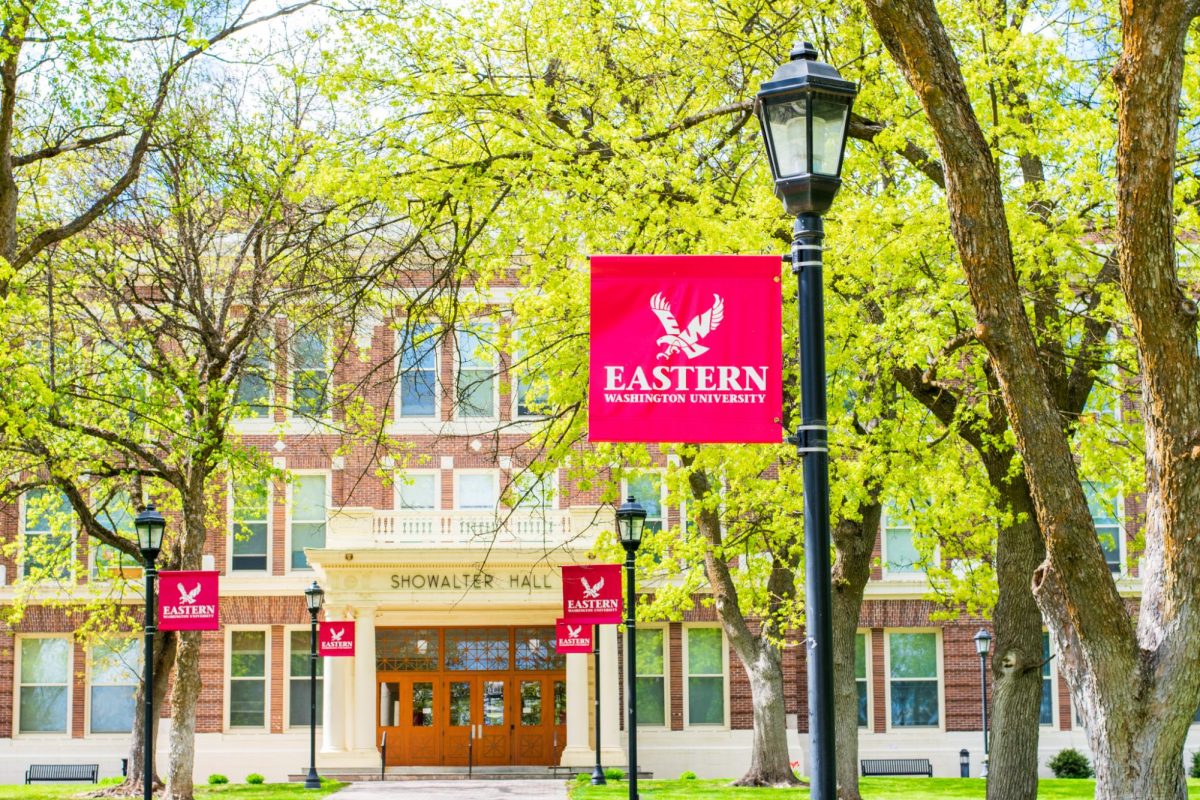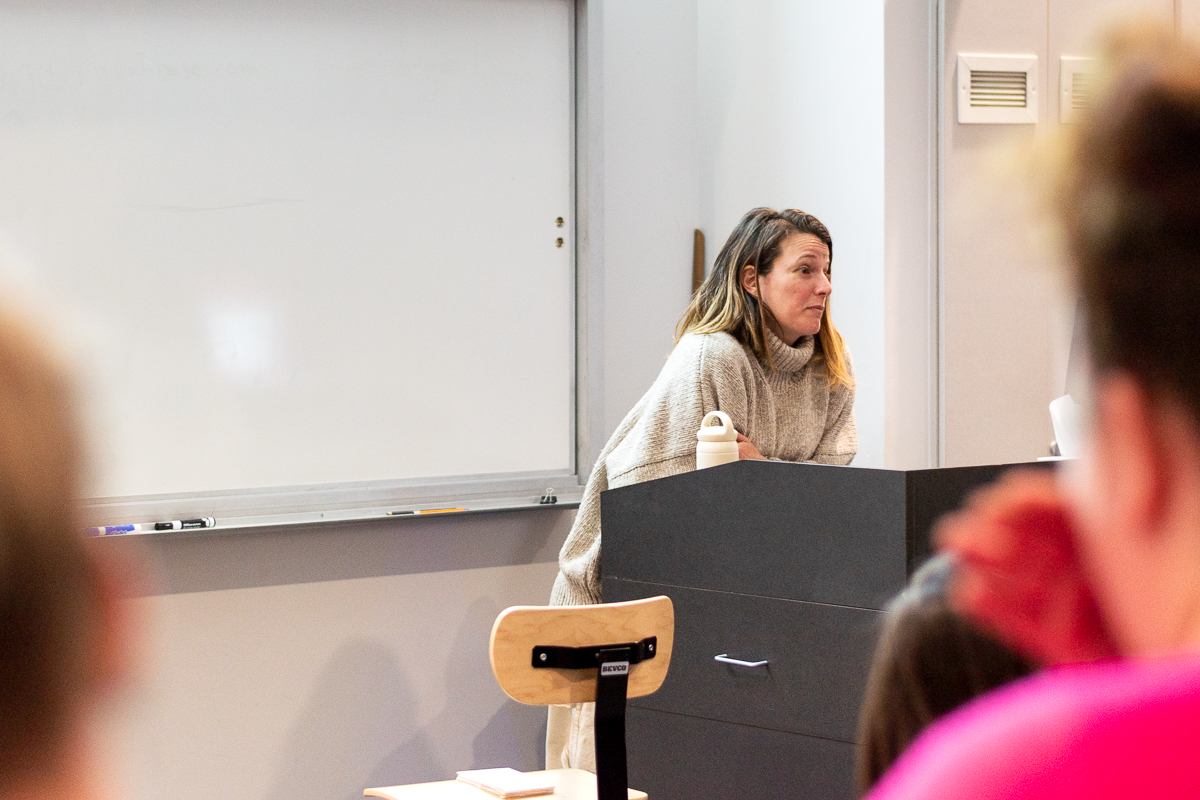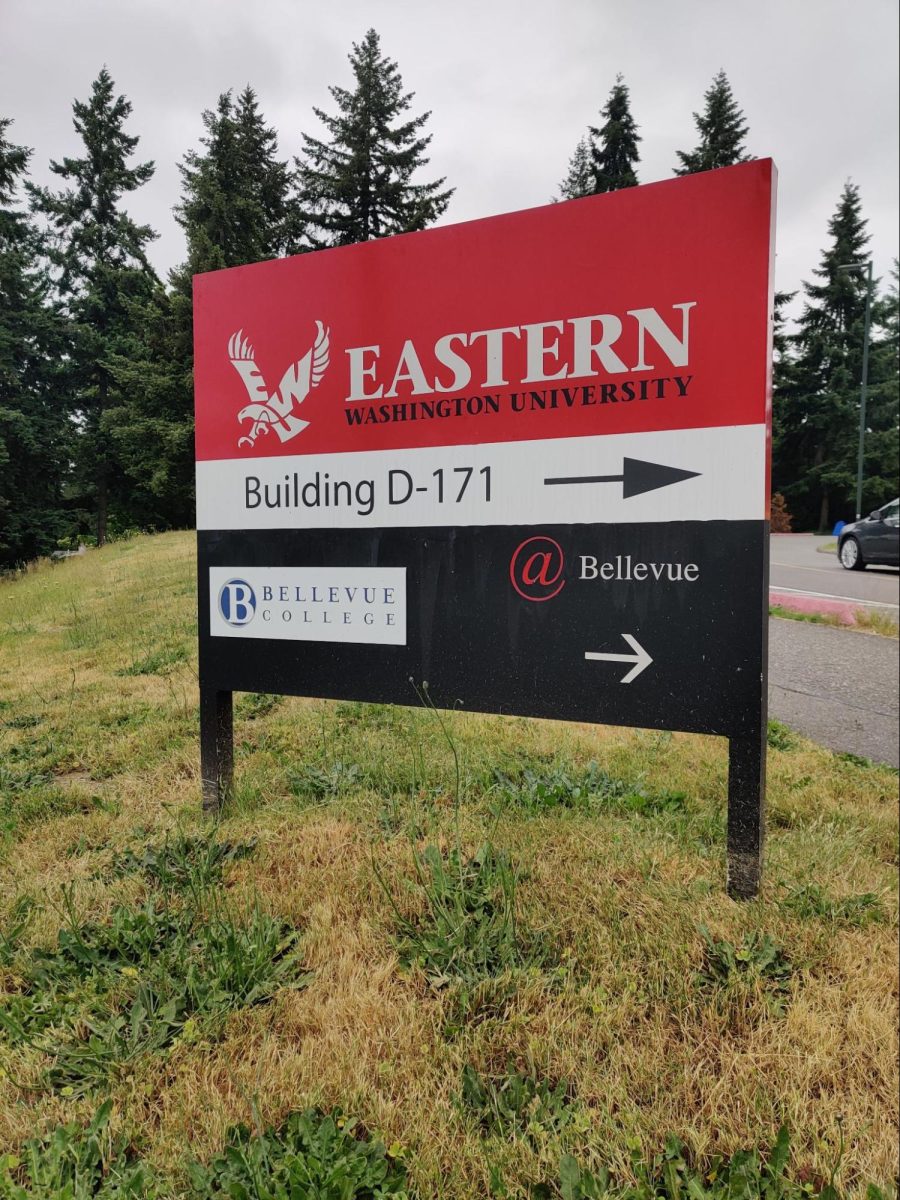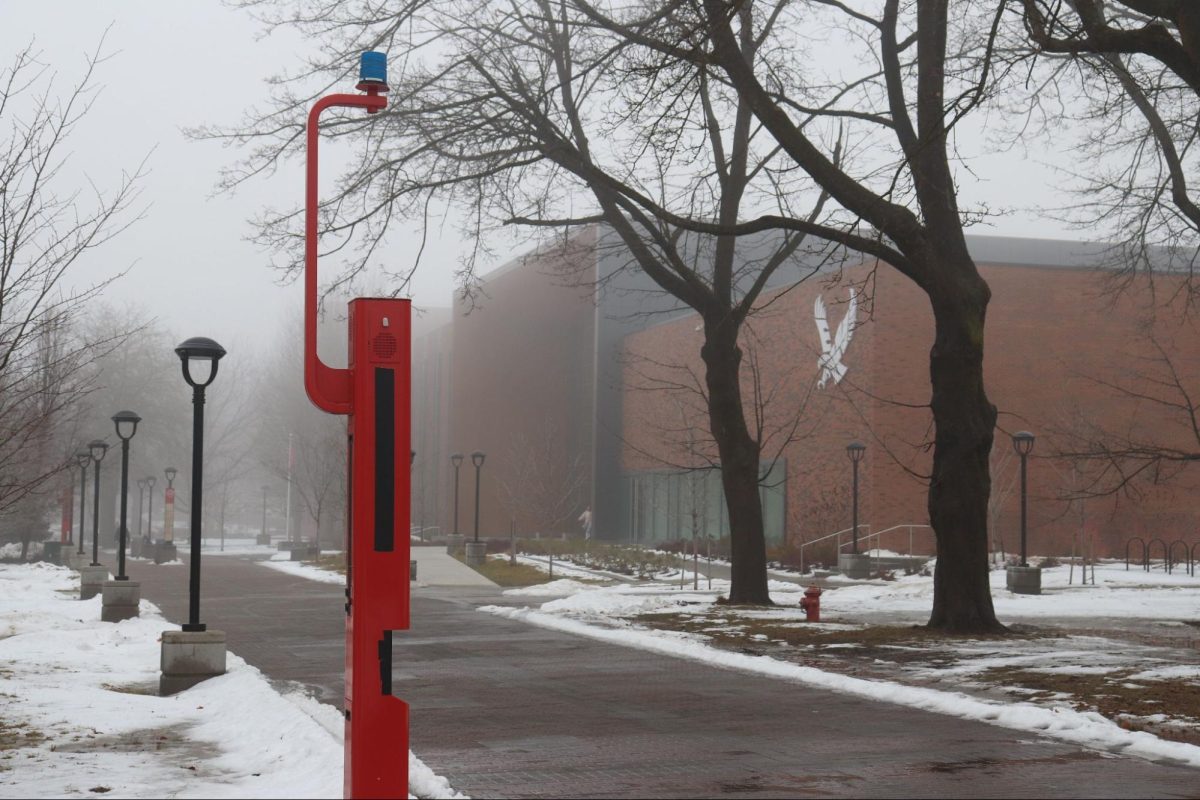Eastern Washington University’s Prairie Restoration Project kicked off in 2019, with the goal of converting 120 acres of university owned farmland behind Roos Field back into its native prairie habitat. Five years later, a 13-acre experimental site is entering its third growing season and there are big hopes of moving into seeding the rest of the site by next year.
According to professor of biology Justin Bastow, the land, which makes up roughly a third of the Cheney campus, was acquired by the university in around the 1960s with the intent to further expand in that direction.
“They kept [the land] but they didn’t really have anything to do with it, so they were leasing it out to a farmer who was growing wheat on it for, well, decades at this point,” Bastow said.
Bastow, who studies soil, explained that because of prairies’ unique soil composition they are prime agricultural lands for foods such as wheat and lentils. This has led to prairies becoming a critically endangered ecosystem as they a
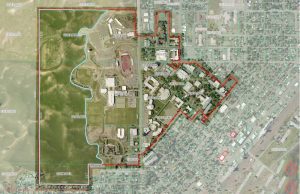
re converted to farmlands. Farmland prioritization is a major reason for the lack of push for restoration in the Pacific Northwest.
“This type of land that we are talking about is some of the most profitable dryland farming in the world,” biology professor Robin O’Quinn, a plant biologist, said. “I mean, Whitman County is one of the largest wheat producing counties in the world.”
The restoration, which is nearly entirely funded through grants and donors at this point, is not an anti-agriculture movement though, EWU Director of Sustainability Erik Budsberg said.
“We see, for us, just a better value for Eastern and our students and our faculty and our staff to [have this as a] research project on campus,” Budsberg said. “We do a lot of great work in understanding ecology and ecological functions, biology, environmental sciences— so there is just a lot of opportunity to look at if you were to restore the land back to its original form and function.”
O’Quinn and Bastow have both worked with various students on projects relating to the prairie restoration sites. O’Quinn has been working with undergraduates to learn how to grow native plants and build a repository of locally adapted seeds that can be used for seeding the restoration site.
“We are learning as much as we can about the seeds from these [native] plants, because in many cases their germination strategies have never been characterized. So we don’t even really know how to grow them,” O’Quinn said.
One of Bastow’s students, Seth McCullough, tested the effects of using a charcoal like substance called biochar on the soil and found that it was effective in helping to create a soil composition more similar to that of an intact prairie. This research was published in the Journal of Restoration Ecology.
“I think the highlight [of the restoration project] is that we’ve had students come to Eastern specifically to get their Master’s of biology specifically looking at the prairie restoration, and so it’s been a draw for students to come to Eastern to learn about these things and to study them,” Budsberg said.
In addition to being a research opportunity hub for people majoring in the life sciences, Budsberg said that the restoration team has been eager to involve students from all fields in the project.
“We are connecting with students in the education department to talk about conservation and restoration practices with K-12 students, as well as with folks who are not even in school– [we have been] looking at community partnerships,” Budsberg said. “If students find that they are interested in [developing a project connected to the restoration site], they should come reach out to me.”
Down the line, Budsberg sees the restored prairie as being used by students for recreation in addition to research.
“Running in between classes or going on a quick hike, whatever you need to do to maybe recenter yourself in a natural setting. [We want to] help create more of a feeling of place here for Eastern as a campus, but also Cheney as a whole,” Budsberg said.
Beyond the research and recreation opportunities that come with the restoration project, the underlying importance is rooted in helping the Earth and the organisms that inhabit it.
“Because diversity and diverse ecosystems are resilient, they are resilient to climate change, they are resilient to all kinds of things that can happen to the planet. Without biological diversity, we are vulnerable as humans,” O’Quinn said. “Diverse ecosystems have secrets we haven’t unlocked yet… they have homes for other organisms that we share this planet with who may also be our saving grace.”
Those interested in getting involved with the prairie restoration project should contact Erik Budsberg via email at [email protected].





![Simmons said the biggest reasons for her success this year were “God, hard work, and trusting [her] coach and what she has planned.”](https://theeasterner.org/wp-content/uploads/2024/05/image1-1-1200x800.jpg)

